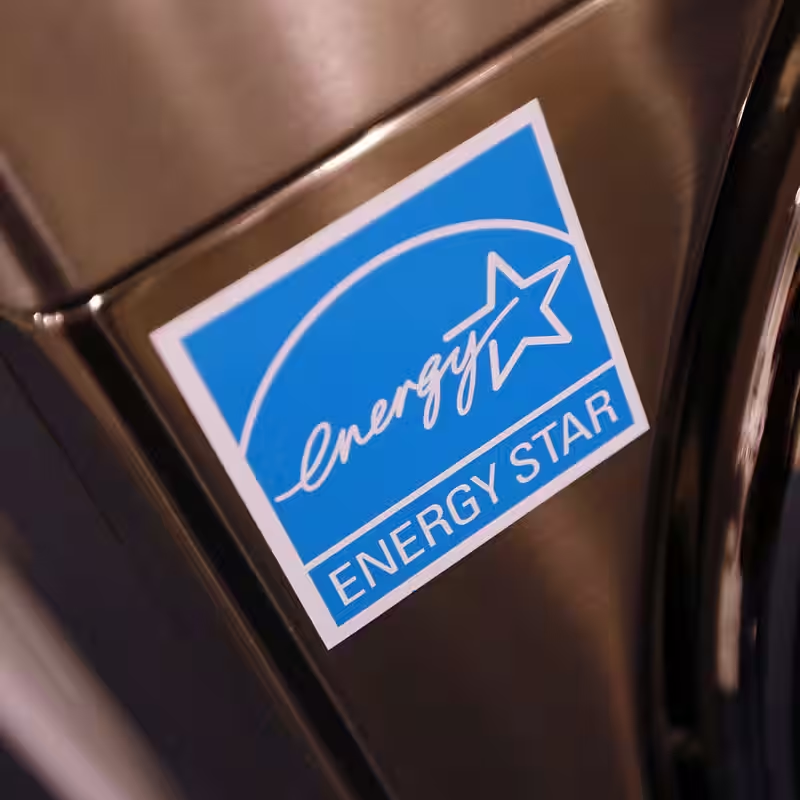The Energy Star program is getting a second lease on life. After months of uncertainty and fierce backlash from both business leaders and Republican lawmakers, the Environmental Protection Agency (EPA) has quietly walked back its plan to eliminate the iconic energy efficiency initiative.
Why Energy Star Matters
Since its launch in 1992 under President George H.W. Bush, Energy Star has become one of the most trusted consumer labels in the U.S.—and globally. The familiar blue-and-white logo helps shoppers identify appliances, electronics, and buildings that meet strict energy efficiency standards. According to a 2023 federal report, the program saves American households and businesses over $40 billion annually in energy costs—while costing taxpayers just $32 million a year to run .
EPA’s Sudden Reversal
In May 2025, EPA Administrator Lee Zeldin announced plans to shutter the program, calling it non-essential and outside the agency’s core mission. But the move sparked immediate and bipartisan resistance. Within weeks, major industry groups—from appliance manufacturers to home builders—sent a joint letter urging Congress to preserve Energy Star. Even retail giants like Home Depot, which prominently features Energy Star products online, lobbied behind the scenes to keep the program alive .
Now, according to four sources familiar with internal discussions, Zeldin is reconsidering. Federal records show the EPA recently renewed key contracts with ICF, the consulting firm that helps administer Energy Star—one through 2030—suggesting the program isn’t going anywhere soon .
What’s Next for Energy Star?
While no final decision has been made, two options are on the table:
- Transfer to the Department of Energy: Energy Star is already co-managed by the DOE under the Energy Policy Act of 2005—a fact EPA officials reportedly missed during congressional testimony .
- Industry-funded model: Require appliance makers to pay fees to sustain the program, reducing taxpayer burden.
Bipartisan Support in a Divided Climate
Few environmental programs enjoy cross-aisle backing, but Energy Star is an exception. Senator Susan Collins (R-Maine), chair of the Senate Appropriations Committee, publicly defended the program in May, noting her constituents rely on the label when making purchasing decisions .
Both the House and Senate Appropriations Committees have proposed maintaining full funding for Energy Star in the next fiscal year—directly defying the Trump administration’s push to cut “green” spending .
The Human Cost of Policy Whiplash
Behind the headlines, the uncertainty has taken a toll. Many EPA staff who worked on Energy Star have already left—through retirement, resignation, or buyouts. Others were furloughed during the recent government shutdown or reassigned during a broader agency reorganization .
“It caused computer manufacturers to create much more efficient machines and did exactly what it was designed to do,” said William K. Reilly, EPA Administrator under Bush, reflecting on the program’s origins .
Consumer Trust at Stake
Surveys show that nearly 90% of Americans recognize the Energy Star logo—and trust it. For retailers and manufacturers, that trust translates directly into sales. As Jill Notini of the Association of Home Appliance Manufacturers put it: “We’re very supportive of the program remaining in the federal government” .
During the shutdown, the Energy Star website remains online—but frozen. A banner warns visitors that tools and data won’t be updated until funding resumes.




